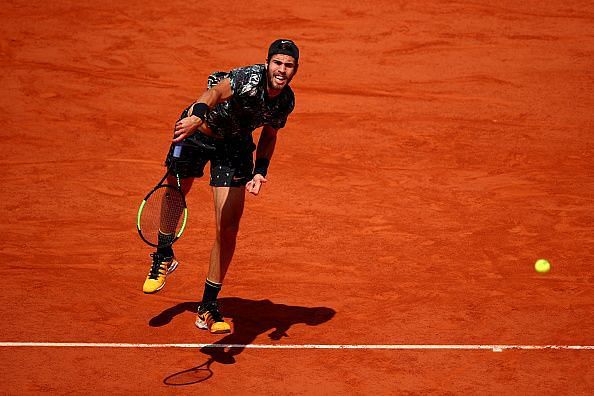
French Open 2019: The 'Big Three' in tennis and the ‘old new’ in the Clash of the Titans
The year is 2019 and the 'Big Three' - Roger Federer, Rafael Nadal and Novak Djokovic have dominated the world of tennis for some time now. Novak Djokovic has advanced to the semi-final of the French Open while Roger Federer and Rafael Nadal will face off in the semi-final for a place in the championship match. Interestingly enough, commentators and pundits have never failed to take their chances by making many vainglorious attempts to bring ‘a change of guard’ to this game of tennis on the rare occasion of these three greats failing at the hands of either younger or unseeded players on tour. However, the 'Big Three' might have failed in a few matches giving a faint glimmer of hope to the analysts but have not fallen apart as yet. But such attempts can also be viewed as a sense of desperation – desperation to see more of Federer, Nadal, and Djokovic, to see them perform even better, to see them build on their consistency!
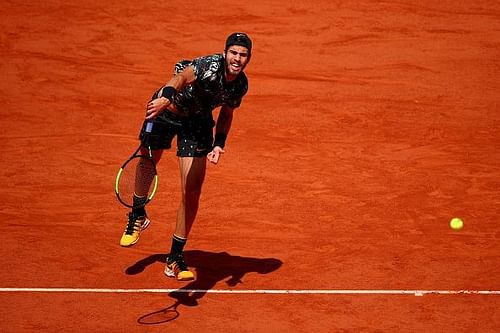
For instance, the 23-year-old Russian Karen Khachanov overpowered Djokovic not long ago. Greek sensation Stefanos Tsitsipas romped home against Federer at the Australian Open, and against Nadal in Madrid, earlier this year. One can never ignore Dominic Thiem’s triumphs over Federer and Nadal in 2019. However, at present, these abundantly talented young players can wait before they start winning grand slams themselves. This is because they know they have a lot to learn from the three giants of the game.
The head to head stats give us an idea of the rivalry between the 'Big Three'. Nadal and Djokovic have played each other 54 times. Federer and Nadal have locked horns on 38 occasions while Djokovic has met Federer in as many as 47 contests. But still, spectators pine for these battles, watching these greats play, again and again.
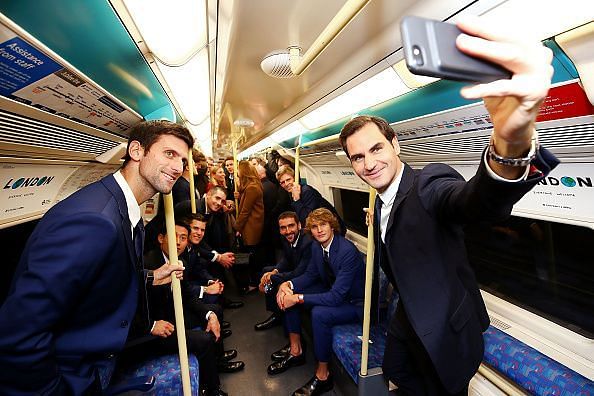
Federer, Nadal and Djokovic have had their own share of injury problems. But whenever they were plagued by injuries, they have come back stronger and fitter. If these stars reinvented themselves on their return, their fans around the world always saw the ‘old-new’, the ‘familiar-new’, every time they fought on court. Here, familiarity brings cheer, brings delight and not contempt! The 'young hopefuls' can only keep trying because the 'Big Three' reassert themselves and show the world that they had set the bar. They raise the bar in as much as the next generation 'hopefuls' try to beat them, or at least compete with them.
Back live. This year’s French Open is at its business end. Despite having the ability to trouble the best on his serve, Alexander Zverev was blown away by the world number one in their quarter-final match on Thursday. Dominic Thiem toppled the first time quarter-finalist Karen Khachanov when the Russian tried to find his way through the Austrian’s defence and baseline expertise, to advance to his first ever semi-final of a grand slam.
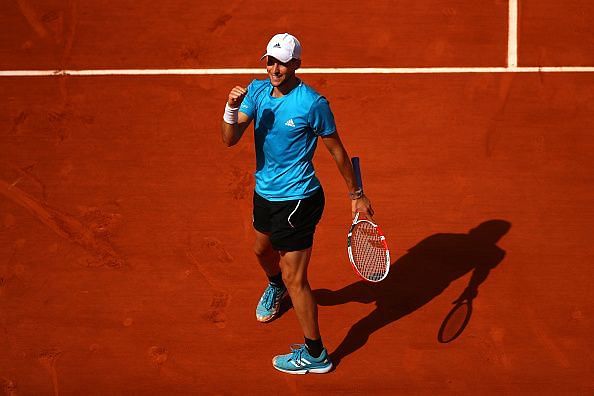
With the two high-octane Quarterfinal matches featuring three young guns and a threateningly invincible Djokovic coming to an end, the much anticipated Federer versus Nadal semi-final showdown assumes centre stage. Federer’s fans need not be reminded that their hero has never beaten Nadal at Roland Garros. Even though Nadal has the edge, Federer’s game has evolved. Elsewhere, a critic had noted, “Roger Federer's backhand has struggled against Rafael Nadal's forehand, and may continue to do so”. But riding on the momentum created by its role on tour, Roger’s backhand is both sublime and mature. He can switch gears, adding variety to a wing which was once considered his weakness. Yes, the bouncing balls jumping off the clay might still trouble him. But Federer, unlike many other players, is both flamboyant and technically correct.
Federer's recent success against his rival Rafael Nadal is characterized by his attacking tennis.
Those that watched the Swiss maestro in action at this year’s French Open will agree that he has made significant changes to his court position both on service and return games. Never hesitating to go back, standing a few ‘tennis miles’ away from the baseline to counter the slowness and the bounce of the surface, Federer has reaped rewards on two counts. One: he has been able to get into a position where he could hit his backhand with ease by allowing the ball to drop to a comfortable height. Two: his defence has grown from strength to strength in a sense that he has retrieved more balls thereby making his opponents play that crucial extra shot where they might end up making unforced errors. This was quite evident in his quarter-final match against Stanislas Wawrinka where he was willing to play the waiting game, especially in the second and the fourth sets.
Obviously, Roger Federer is quick to pounce on short returns. But this time, in his Paris outing, playing a bit of waiting game in short phases has made all the difference. But Rafael Nadal is not Stan Wawrinka, and Federer knows it better than anybody else on tour. Nadal can keep his head to head record (5-0) on clay intact, provided he plays aggressively. But he should be aware that, ironically, Federer at 37, the oldest in the Men’s draw, is ready to go the distance as well.
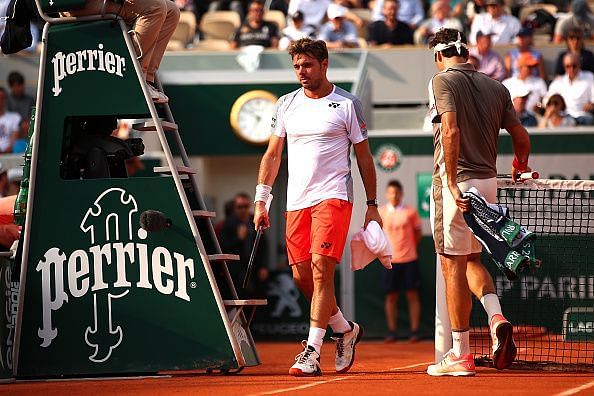
Another feature that punctuated Federer's win over his Swiss compatriot was his readiness to absorb the ‘Wawrinka-pressure’. In Federer’s own terms, “..if you want to do or achieve something on the clay, inevitably, at some stage, you will go through Rafa, because he's that strong and he will be there.” It will come down to this ‘baseline-rallies-forte’ when he plays against Nadal on Thursday. If the three-and-a-half-hour tussle against ‘Stan the Man’ was any ideal preparation for facing his nemesis Nadal, Federer might just as well edge past the 33-year-old Spaniard avenging his heart wrenching losses in the previous editions, much to the satisfaction of his fans.